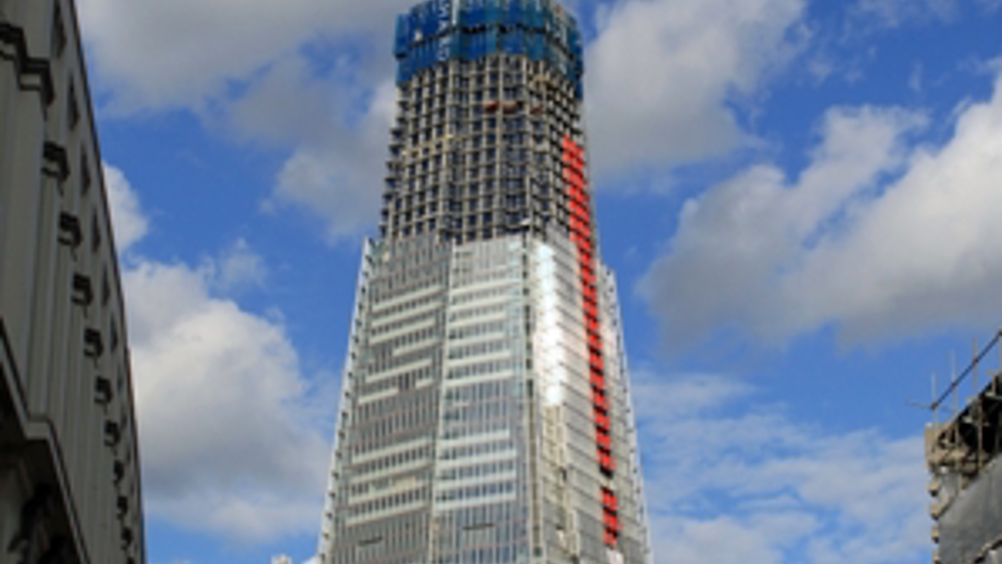Optical coating provides indication of concrete stress
Optical method will help engineers assess the suitability of composite concrete for building projects

New types of concrete, intended to use up waste polymer materials and reduce the consumption of natural resources, are becoming more widespread, but they present engineers constructing buildings or infrastucture with a problem. While the physical properties of conventional concrete — made from cement, gravel, sand and steel reinforcement — are well understood, these composite concretes, which also contain particles of waste polymers — are not so well known, and this may curtail their use as its specifiers may not be certain when it is in danger of fracturing. Research from Leeds University.
In a project carried out in collaboration with the Centre for Advanced Materials at Qatar University and partially funded by the Qatar National Research Fund, the Leeds team, led by Joseph Anthony of Leeds’ School of Chemical and Process Engineering, tested a series of concrete beams, made using fly ash from municipal waste incineration and ground-up polyethylene, by applying a thin epoxy coating that exhibits an optical property called birefringence — light waves reflected from the surface of the concrete through the coating split in different directions in relation to the amount of stress acting on the material in that direction. Putting the concrete under stress and taking pictures using a detector known as a photonic camera reveals where the stresses are most extreme before the concrete cracks.
Register now to continue reading
Thanks for visiting The Engineer. You’ve now reached your monthly limit of news stories. Register for free to unlock unlimited access to all of our news coverage, as well as premium content including opinion, in-depth features and special reports.
Benefits of registering
-
In-depth insights and coverage of key emerging trends
-
Unrestricted access to special reports throughout the year
-
Daily technology news delivered straight to your inbox










UK Enters ‘Golden Age of Nuclear’
Apologies if this is a duplicate post - a glitch appears to have removed the first one: > While I welcome the announcement of this project, I note...